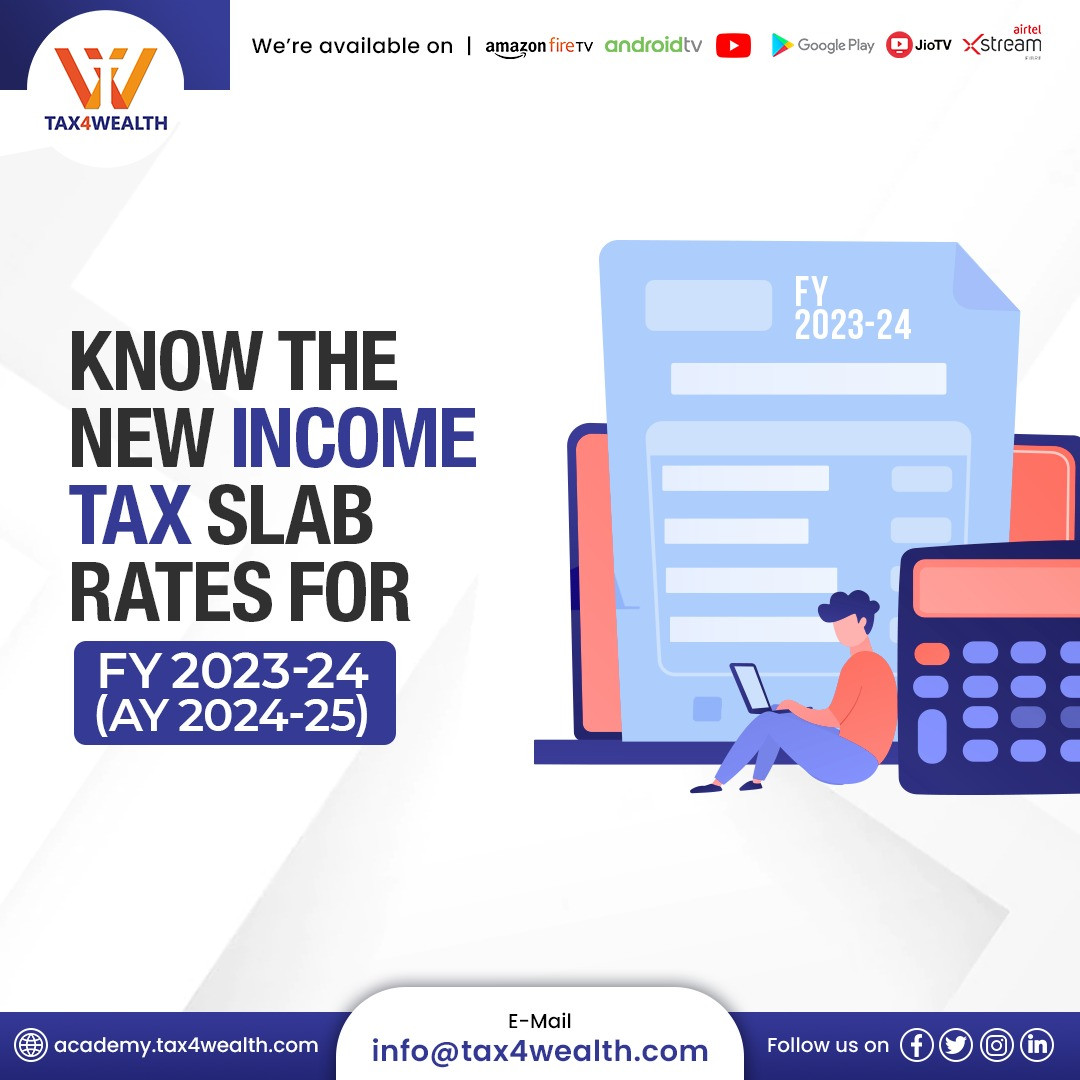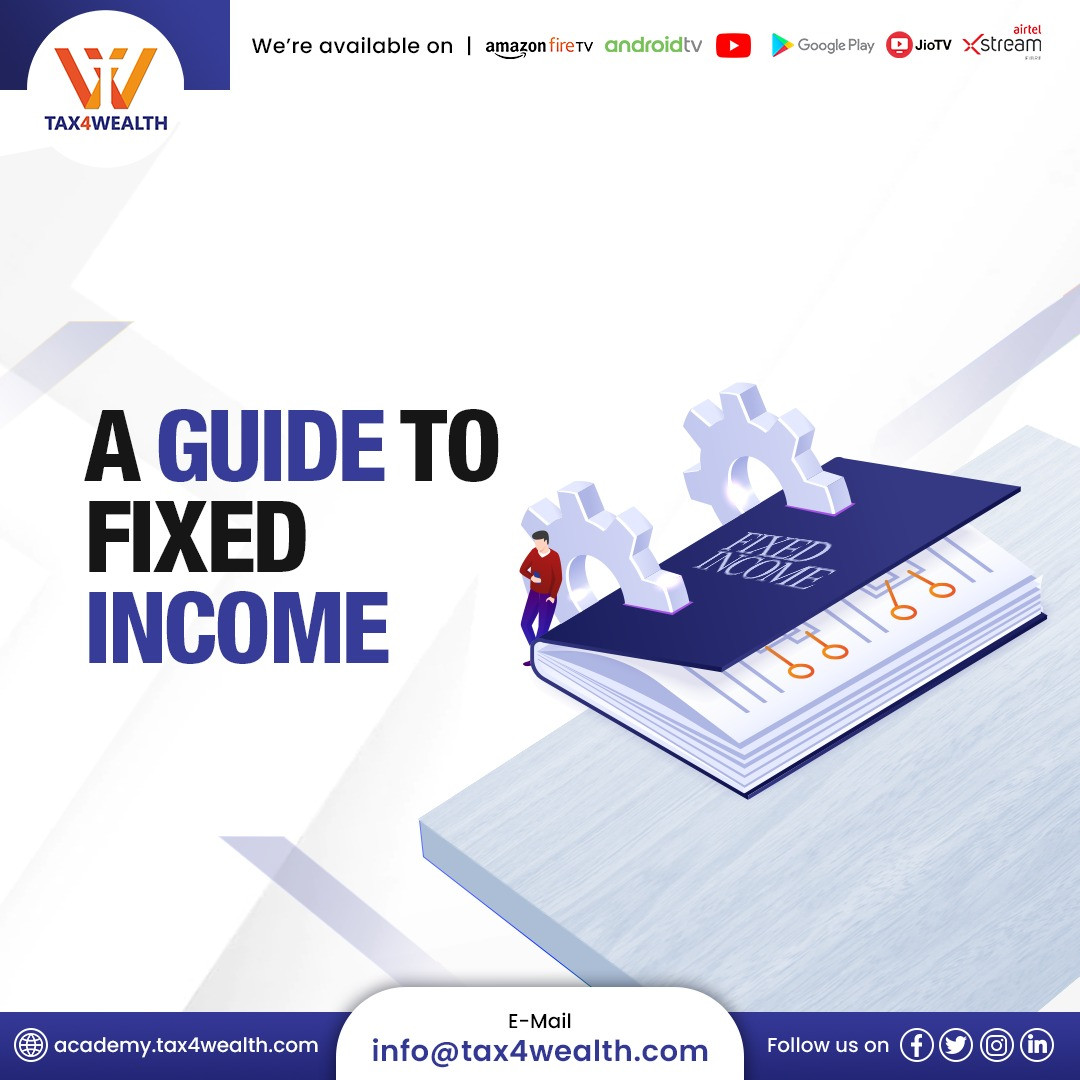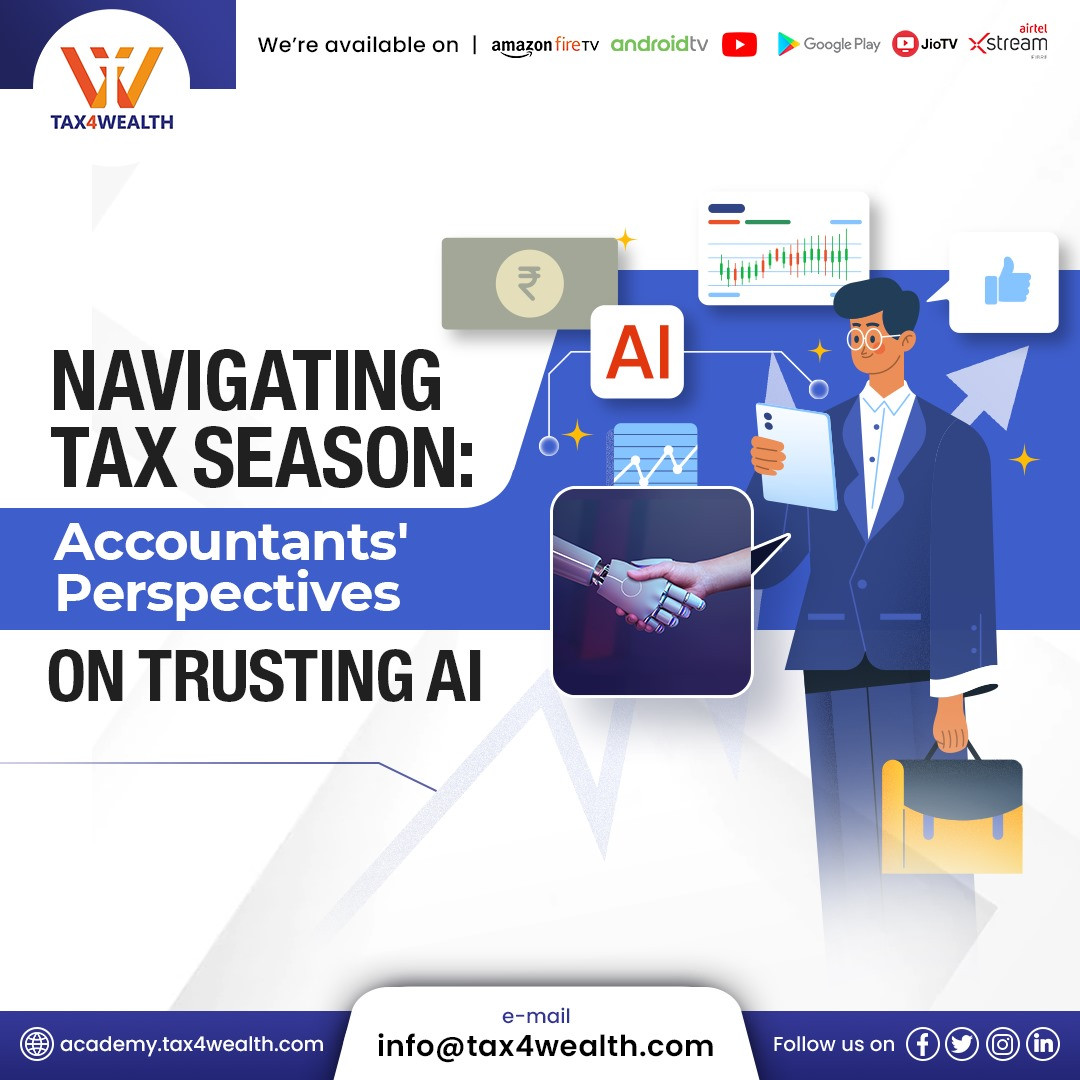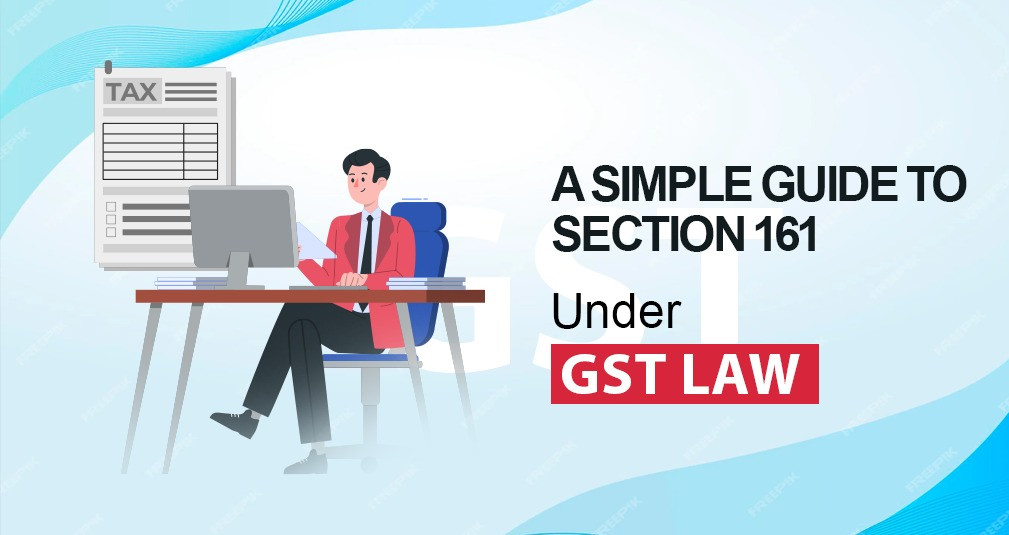
Know the New Income Tax Slab Rates for FY 2023-24 (AY 2024-25)
On February 1, 2023, Nirmala Sitharaman, India's Finance Minister, announced the Union Budget 2023, which included new income tax slabs and rates under the new tax regime. The new tax structure was implemented in Budget 2020 with six slabs, which have since been reduced to five for normal persons, elderly citizens, and HUFs (Hindu Undivided Families).
Furthermore, in the case of the new tax system for FY 2023-24, the basic exemption level was raised to Rs. 3 lakh from Rs. 2.5 lakh previously. However, no modifications were made to the former tax regime's tax slabs and rates for AY 2024-25, which would stay the same as the income tax slab FY 2022-23 (AY 2023-24).
Let's look at the revised income tax slabs for FY 23-2024 for both the new and old tax regimes.
Income Tax Slabs for HUFs and Individuals in FY 2023-24 (AY 2023-24):
According to the Budget 2023 release, the new income tax slab rates for each individual for FY 23-2024 are as follows:
|
Annual Taxable Income |
New Tax Regime |
Old Tax Regime |
|
Up to Rs.2.5 lakh |
Exempt |
Exempt |
|
Over Rs.2.5 lakh to Rs.3 lakh |
Exempt |
5% |
|
Over Rs.3 lakh to Rs. 5 lakh |
5% |
5% |
|
Over Rs.5 lakh to Rs.6 lakh |
5% |
20% |
|
Over Rs.6 lakh to Rs. 9 lakh |
10% |
20% |
|
Over Rs.9 lakh to Rs.10 lakh |
15% |
20% |
|
Over Rs.10 lakh to Rs.12 lakh |
15% |
30% |
|
Over Rs.12 lakh to Rs.15 lakh |
20% |
30% |
|
Above Rs.15 lakh |
30% |
30% |
The majority of tax-saving investments, such as life insurance tax advantages, however, cannot be obtained if one chooses the new tax system.
Income Tax Slab for Super Senior Citizens in AY 2024-25 (FY 2023-24):
As per the Income Tax Act, of 1961, taxpayers above 80 years of age are considered super senior citizens and they get a higher exemption limit of Rs.5 lakh under the old tax regime. This benefit is however not applicable to super senior citizens opting for the new tax regime slabs in FY 2023-24. Super senior citizens will be required to pay taxes as per the income tax slab FY 2023-24 & AY 2024-25 under the old tax regime and new tax regime as mentioned below:
|
Annual Taxable Income |
New Tax Regime |
Old Tax Regime |
|
Up to Rs.3 lakh |
Exempt |
Exempt |
|
Over Rs.3 lakh to Rs. 5 lakh |
5% |
Exempt |
|
Over Rs.5 lakh to Rs.6 lakh |
5% |
20% |
|
Over Rs.9 lakh to Rs.10 lakh |
15% |
20% |
|
Over Rs. 6 lakh to Rs. 9 lakh |
10% |
20% |
|
Over Rs.10 lakh to Rs.12 lakh |
15% |
30% |
|
Over Rs.12 lakh to Rs.15 lakh |
20% |
30% |
|
Above Rs. 15 lakh |
30% |
30% |
The income tax slab for FY 2024 under either the new or old tax system is an option for super senior people, just as for other individual taxpayers. As you can see, the new tax regime gives the same exemption limit and income tax slab rates to all qualifying taxpayers, but the previous tax system offers a larger exemption limit of Rs. 5 lakh. Additionally, the most popular old regime exclusions and deductions including Section 80C, Section 80D, Section 24, and many more are not available under the new tax system in 2023.
Income Tax Slabs and Rates for Senior Citizens in AY 2024–25 (FY 2023–24):
According to the Income Tax Act of 1961, taxpayers between the ages of 60 and 80 are designated senior citizens and are entitled to a larger exemption level than taxpayers under the previous tax system. However, under the new tax system for AY 2024–2025, this advantage is not accessible.
Here is a comparison of the income tax brackets and rates for seniors under the previous and new tax systems for the fiscal years 2023–2024:
|
Annual Taxable Income |
New Tax Regime |
Old Tax Regime |
|
Up to Rs.3 lakh |
Exempt |
Exempt |
|
Over Rs.3 lakh to Rs. 5 lakh |
5% |
5% |
|
Over Rs.5 lakh to Rs.6 lakh |
5% |
20% |
|
Over Rs.6 lakh to Rs. 9 lakh |
10% |
20% |
|
Over Rs.9 lakh to Rs.10 lakh |
15% |
20% |
|
Over Rs.10 lakh to Rs.12 lakh |
15% |
30% |
|
Over Rs.12 lakh to Rs.15 lakh |
20% |
30% |
|
Above Rs.15 lakh |
30% |
30% |
As you can see, the basic exemption ceiling for senior citizen taxpayers under both tax regimes has increased to Rs. 3 lakh as a result of the change to the new tax system in Budget 2023. Seniors who choose the new tax regime slabs in FY 2023–24 will forfeit the advantages of some popular tax-saving investments, but they will profit from reduced income tax slab rates for the fiscal year.
Super Senior Income Tax Slab in AY 2024–2025 (FY 2023–2024):
Taxpayers above the age of 80 are regarded as super senior persons under the Income Tax Act of 1961 and are entitled to a greater exemption ceiling of Rs. 5 lakh. However, super elderly persons who choose the new tax regime slabs in FY 2023–2024 are not eligible for this benefit. By the income tax slabs for FY 2023–24 and AY 2024–25 under the previous and new tax regimes, respectively, super elderly persons will be obligated to pay taxes:
|
Annual Taxable Income |
New Tax Regime |
Old Tax Regime |
|
Up to Rs.3 lakh |
Exempt |
Exempt |
|
Over Rs.3 lakh to Rs. 5 lakh |
5% |
Exempt |
|
Over Rs.5 lakh to Rs.6 lakh |
5% |
20% |
|
Over Rs.6 lakh to Rs. 9 lakh |
10% |
20% |
|
Over Rs.9 lakh to Rs.10 lakh |
15% |
20% |
|
Over Rs.10 lakh to Rs.12 lakh |
15% |
30% |
|
Over Rs.12 lakh to Rs.15 lakh |
20% |
30% |
|
Above Rs.15 lakh |
30% |
30% |
The income tax slab for FY 2024 under either the new or old tax system is an option for super senior people, just as for other individual taxpayers. As you can see, the new tax regime gives the same exemption limit and income tax slab rates to all qualifying taxpayers, but the previous tax system offers a larger exemption limit of Rs. 5 lakh. Additionally, the most popular old regime exclusions and deductions including Section 80C, Section 80D, Section 24, and many more are not available under the new tax system in 2023.
AOP, BOI, and AJP Income Tax Slab for AY 2024–25:
Taxpayers such as the Association of Persons (AOP), Body of Individuals (BOI), and Artificial Judicial Person (AJP), who are not Individuals or HUF, are now ineligible for the new tax regime. Because of this, the income tax rates and slabs that apply to these taxpayers in AY 2024–25 are the same as those that applied to them in AY 2023–24, as indicated below:
|
Net Taxable Income
|
Income Tax Rate FY 2023-24
|
|
Up to Rs. 2.5 lakh |
Exempt |
|
Over Rs. 2.5 lakh up to Rs. 5 lakh |
5% of income exceeding Rs. 2.5 lakh |
|
Over Rs. 5 lakh up to Rs. 10 lakh |
Rs. 12,500 + 20% of income exceeding Rs. 5 lakh |
|
Over Rs. 10 lakh |
Rs. 1,12,500 + 30% of income exceeding Rs. 10 lakh |
Tax increase for the years FY 23 and FY 24:
The maximum surcharge under the new tax system that applies to income tax was reduced from 37% in AY 23–24 to 25% in AY 24–25 as part of the Budget 2023 announcement. If the taxpayer's total income exceeds a certain yearly income cap, a surcharge is applied to the income tax amount. The surcharge rates for the previous tax system and the new tax system in FY 23–24 are contrasted as follows:
|
Income |
Surcharge Rate in Old tax regime |
Surcharge Rate in New Tax Regime |
|
Less than Rs.50 lakh |
NIL |
NIL |
|
Rs.50 lakh – Rs.1crore |
10% |
10% |
|
Rs.1 crore – Rs.2 crore |
15% |
15% |
|
Rs.2 crore – Rs.5 crore |
25% |
25% |
|
Rs.5 crore – Rs.10 crore |
37% |
25% |
|
More than Rs.10 crore3 |
37% |
25% |
Note: The Income Tax Act of 1961's Sections 111A, 112A, and 115AD provides that the 25%- and 37%-income tax surcharges are not deducted from taxable income. The additional income tax rate in these circumstances is 15%. On the income tax surcharge, there is, nevertheless, a small amount of relief available in certain circumstances.
For more information, Visit us at: https://academy.tax4wealth.com/blog
No comments yet, Be the first to comment.













